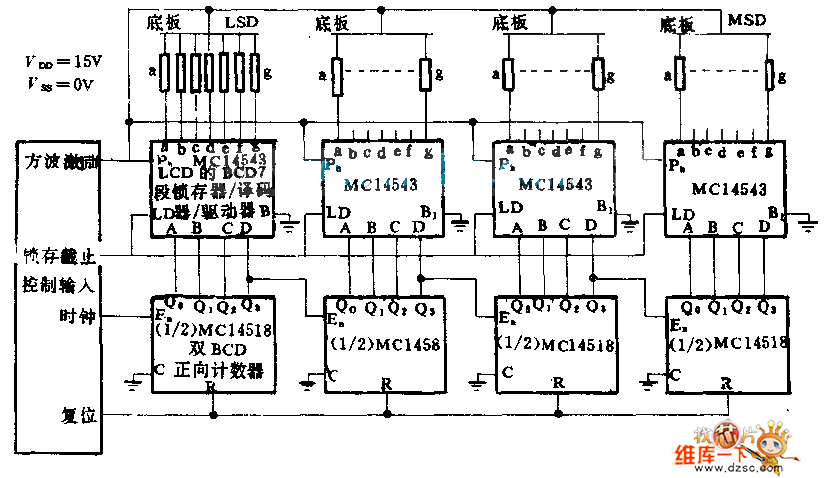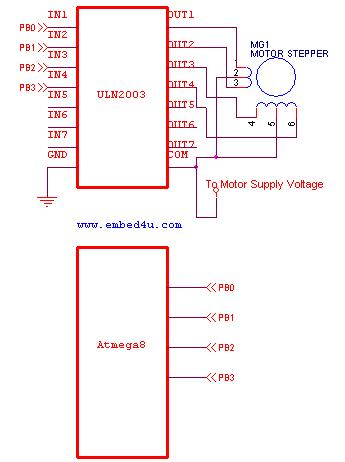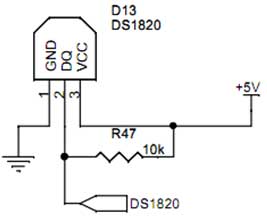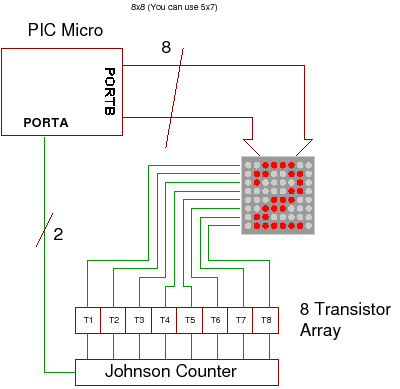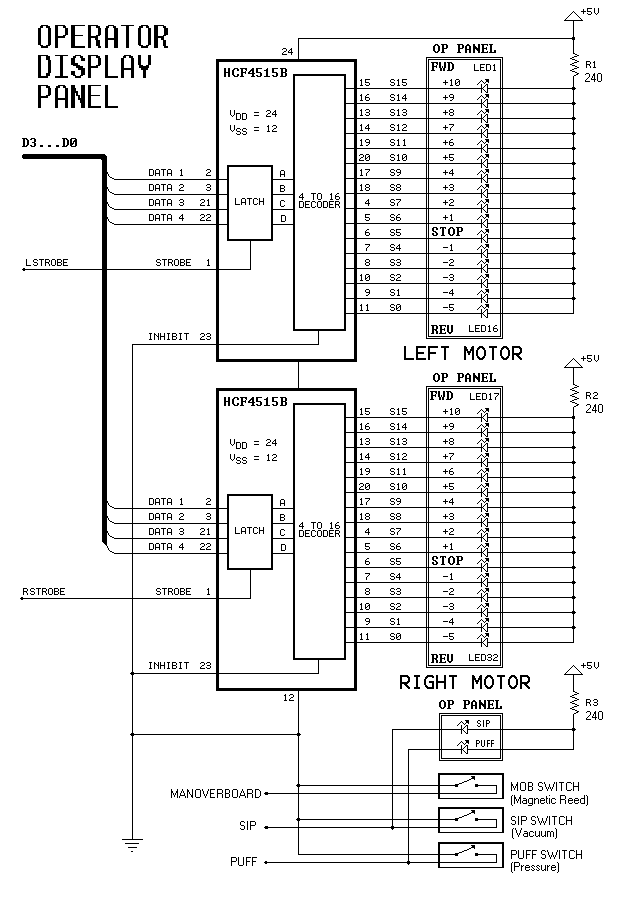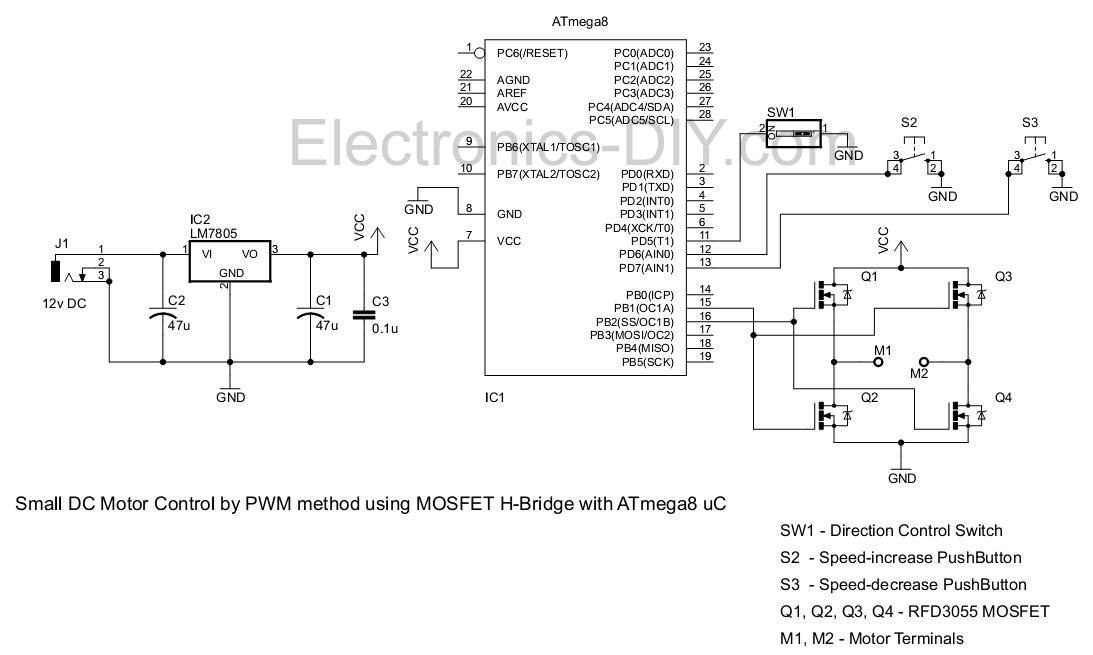
AVR In System Programmer or AVR ISP
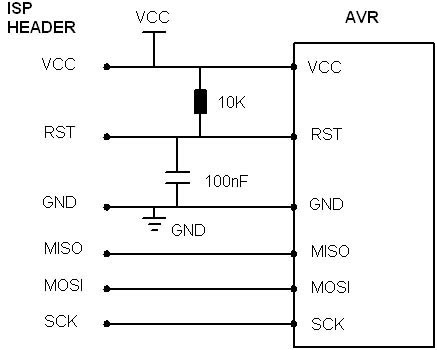
AVR In System Programmer manufactured in the UK by Kanda, a well-known provider of AVR In System Programmers both in the UK and globally.
The AVR In System Programmer (ISP) is a specialized device designed for programming AVR microcontrollers directly within the target circuit. This capability allows for convenient updates and modifications without the need to remove the microcontroller from its operational environment. The programmer interfaces with the microcontroller via the In-System Programming (ISP) protocol, which utilizes a set of dedicated pins on the microcontroller for data transfer and control signals.
Key features of the AVR ISP include support for various AVR microcontroller families, compatibility with multiple programming environments, and the ability to perform high-speed programming operations. The device typically connects to a PC via USB, enabling the user to upload firmware or modify existing code directly onto the microcontroller.
The programmer is equipped with an intuitive interface, often including LEDs to indicate power status and programming progress, as well as a robust software package that facilitates the programming process. This software may provide capabilities such as code verification, reading microcontroller memory, and batch programming of multiple devices.
In terms of applications, the AVR In System Programmer is widely used in embedded systems development, allowing engineers to streamline their workflow and reduce the time required for testing and deploying firmware updates. Its compact design and ease of use make it an essential tool for both hobbyists and professionals in the field of electronics engineering.AVR In System Programmer UK manufactured by Kanda who are a popular choice for AVR In System Programmer UK and AVR In System Programmer worldwide.. 🔗 External reference
The AVR In System Programmer (ISP) is a specialized device designed for programming AVR microcontrollers directly within the target circuit. This capability allows for convenient updates and modifications without the need to remove the microcontroller from its operational environment. The programmer interfaces with the microcontroller via the In-System Programming (ISP) protocol, which utilizes a set of dedicated pins on the microcontroller for data transfer and control signals.
Key features of the AVR ISP include support for various AVR microcontroller families, compatibility with multiple programming environments, and the ability to perform high-speed programming operations. The device typically connects to a PC via USB, enabling the user to upload firmware or modify existing code directly onto the microcontroller.
The programmer is equipped with an intuitive interface, often including LEDs to indicate power status and programming progress, as well as a robust software package that facilitates the programming process. This software may provide capabilities such as code verification, reading microcontroller memory, and batch programming of multiple devices.
In terms of applications, the AVR In System Programmer is widely used in embedded systems development, allowing engineers to streamline their workflow and reduce the time required for testing and deploying firmware updates. Its compact design and ease of use make it an essential tool for both hobbyists and professionals in the field of electronics engineering.AVR In System Programmer UK manufactured by Kanda who are a popular choice for AVR In System Programmer UK and AVR In System Programmer worldwide.. 🔗 External reference
Warning: include(partials/cookie-banner.php): Failed to open stream: Permission denied in /var/www/html/nextgr/view-circuit.php on line 713
Warning: include(): Failed opening 'partials/cookie-banner.php' for inclusion (include_path='.:/usr/share/php') in /var/www/html/nextgr/view-circuit.php on line 713
